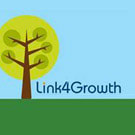|
What does understanding the customer journey help you achieve? Before a customer makes a purchase through your website they will first go through many interactions with your brand/business starting with when they first become aware of your brand right through to making a purchase. The route each customer takes to get to the final sale is varied and personal to them. We call this the customer journey. Finding out about the customer journey is important if you want to help build a strong, loyal customer base. Knowing each stage the customer goes through helps you identify weak points in your communication strategy which you can then be improved to create a better customer experience and increase brand loyalty and sales.
How to track your customer journey To understand the customer journey you need to analyse all the data from your marketing channels:
The different marketing channels all have the same aim - to lead the customer to your website. But, as you know, just getting the potential customer to the website isn’t enough, what you want is for the customer to take the next step:
There are ways to measure how all the marketing channels are performing using various apps:
These websites and apps will collect all the data you need and help you get a better understanding of your audience so you can then adapt your marketing strategy to try and turn those visits into sales and in time increase brand loyalty and keep customers returning. Get to know your customer For any of this to work it’s important you really get to know your customer at every stage of their journey. This will help you develop content and services that are relevant to your customer. Find out how the customer feels at each stage of their journey - what made them take the next step? What stopped them from making a purchase? To get the most out of your data you need to understand your numbers then you can see where improvements need to be made in order to boost traffic, increase loyalty and get more sales. For help understanding the customer journey and making sense of it all contact Creative Remedy
0 Comments
Call to Action (CTA) is a term you might hear when discussing marketing strategies for your business. But what exactly does it mean and how can it help to increase sales and profitability for your company? We’ve put together a simple guide to help explain what it means and why you should be doing it! What is Call to Action?
The most obvious example of a Call to Action would be a ‘Buy Now’ button on a webpage. It’s simply an invitation for your customer/visitor to do something. It could be a banner or button on your webpage, part of an advertisement or content (ie. blog/email marketing campaign) that is designed to encourage the visitor to do something specific. What is the purpose of a Call to Action? Call to actions are a great way of converting visitors to your website or blogs into potential customers or subscribers. The CTA can have a variety of different purposes depending on what you are trying to achieve. If you are looking to increase sales then a simple ‘Buy Now’ button may be just the trick you need to help convince the undecided shopper, but when you’re trying to attract more visitors or subscribers you need to think more carefully about the wording and location of the CTA. How can it help my marketing and business? A good CTA will help increase visitors which in turn could lead to more customers and sales and therefore increased profits! It could also act as an information point for your potential customers, providing them with the link to finding out all about your products and services. When should I use a call to action? You should make sure to add CTA’s into all your communications. CTA’s can be used in your marketing channels such as email marketing, website, landing page, offers/promotions, blogs and social media. It’s important to make sure you use the right language for your customers, this will mean researching your customer base and finding out their preferences and habits. Make sure you have updated your email database so you are targeting the right audience. 10 Example Call to Actions:
If your marketing is in need of a boost? Perhaps it’s time for a Call to Action! You can learn more about communication strategies that include Call to Actions by booking a FREE Consultation > The effects from Covid-19 on our daily lives and businesses are being felt across the globe and all of us will be facing uncertainty and worry. It’s important to stay positive and try to do what you can to keep your business up and running. This will require you to think a bit differently about what you can offer your customers and clients and how you can deliver your services or products safely.
Here are a few tips to help you rethink your products and services to cope with the change in demand and your customers requirements. Reassess your products and services
As you adapt your business and services be sure to remain true to your brand values, be consistent and professional. What you can do with all this time on your hands!
And one last thing! You may be wondering how to best communicate with your existing customers, they may have stopped buying from you and you are unsure how C-19 has affected their business. Contact them by phone or a personal email, strengthen your customer relationships and build trust. Don’t try to sell them anything, just simply ask how they are doing. Loyal customers are your priority, ask how you can help and support them. How has C-19 affected your business? Has anything surprised you? Have you developed any new products or services, I would love to hear if the changes have brought on positive new developments, however small they are. A communication strategy is a plan to enable your business to reach your customers through various communication channels. It’s vital for a successful marketing campaign to deliver a consistent brand message and something you should seriously consider for your small business. A communications strategy requires you to address a number of key areas:
What marketing channels does a communications strategy cover? There are a number of marketing channels you can cover in your strategy including:
There are probably several relevant marketing channels for each individual customer/ target audience so it’s important to ensure your brand message is consistent across all these channels. Once you’ve identified your audience and marketing channels you can then start building a plan. Compiling a communications strategy will allow you to make informed marketing decisions, you will know exactly what, why, when and who you are communicating to. This will give you a much greater understanding of your customers and you’ll be able to tailor your communications to them and promote your services more effectively. You’ll be able to build on your brand awareness, maintain customer trust and ultimately increase your profits! Think of your communications strategy as the plasters that stick all the different roles together which will result in one coherent message across all the different channels. You know what you need but you might not know how to bring it all together effectively… we can help you create an effective communications strategy by deliver a consistent brand message with a better customer experience. |
PrescriptionMedicated news to revive you and your business. Categories
All
Archives
December 2023
|
Get Connected
Visual Treatment and Cures |
Email Newsletter RemedyReceive a monthly prescription of Email Newsletter Remedy.
|
FREE Consultation
|
Contact
Our Team
|
© Copyright Creative Remedy 2023 | Terms & Conditions of Sale | Terms of Use | Privacy Policy | Cookie Policy
Creative Remedy provide a wide range of visual treatments and cures: Website Design & Website Development, Marketing & Digital Marketing, Logo Design & Branding, Email Marketing, SEO & Blogs & Content Creation, Social Media and Other Ailments in Peterborough and greater Peterborough, Cambridgeshire.

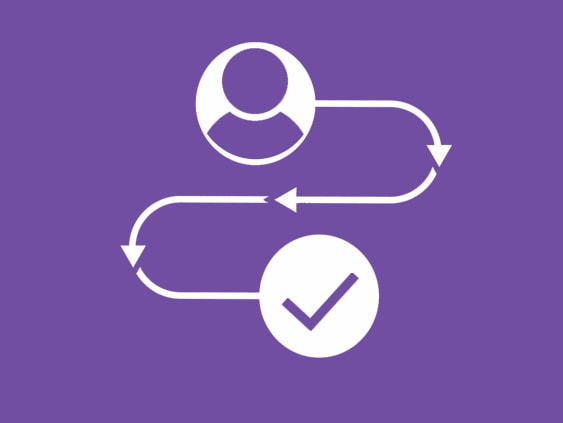
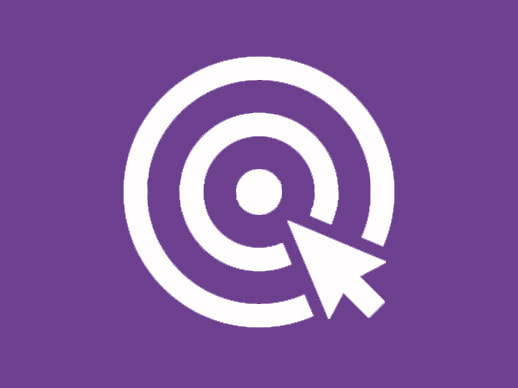
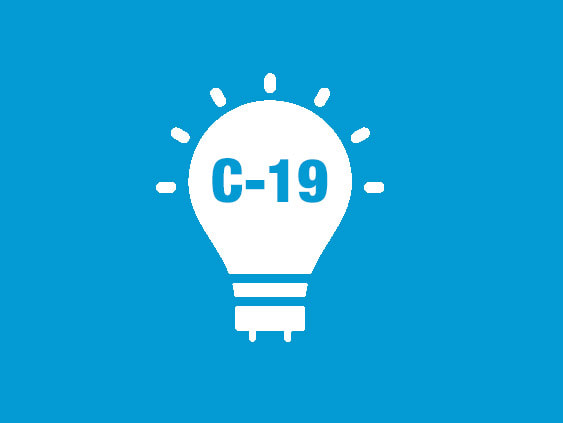
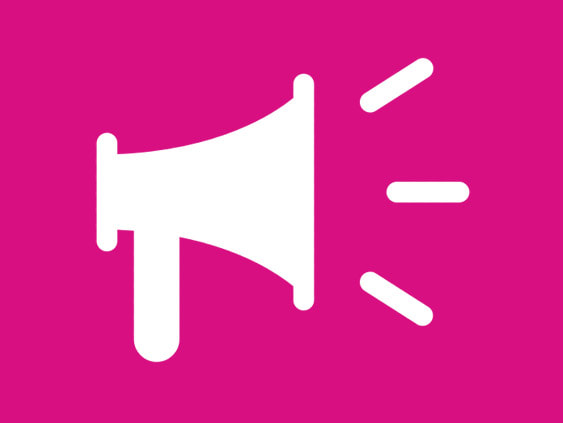
 RSS Feed
RSS Feed






